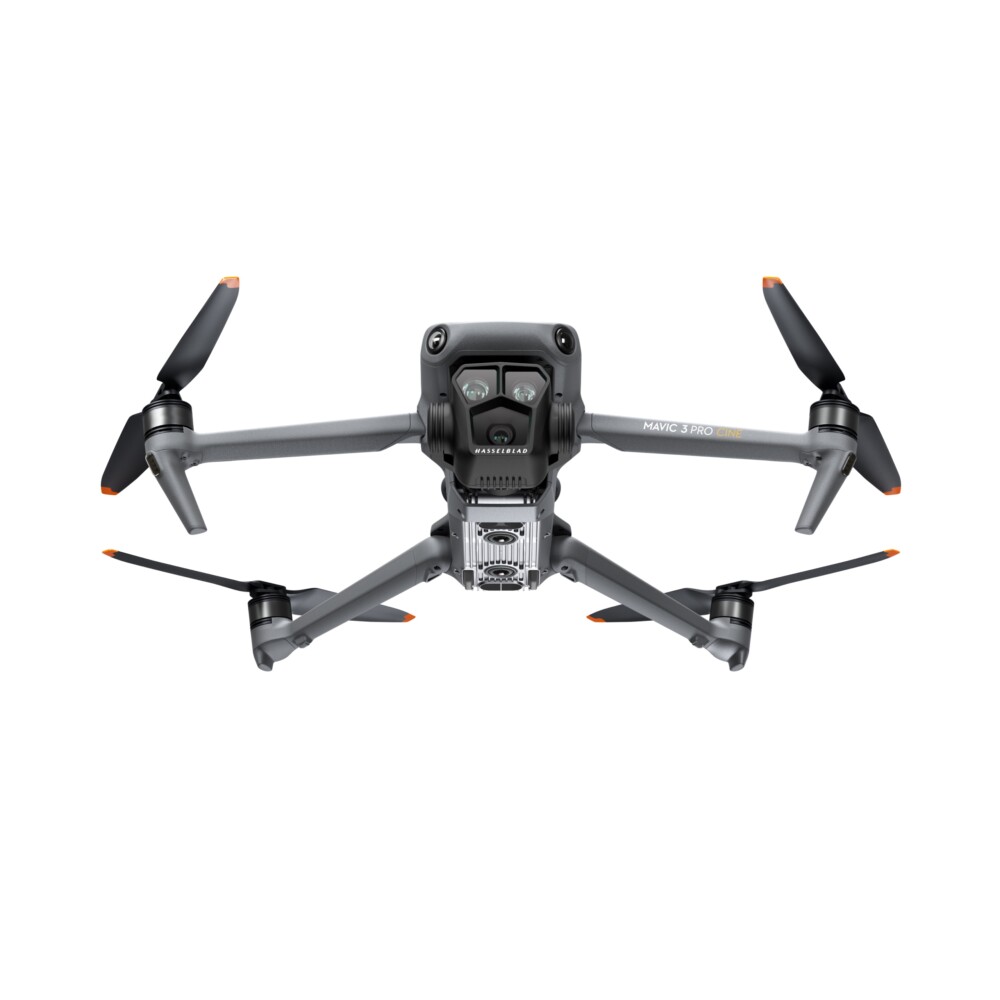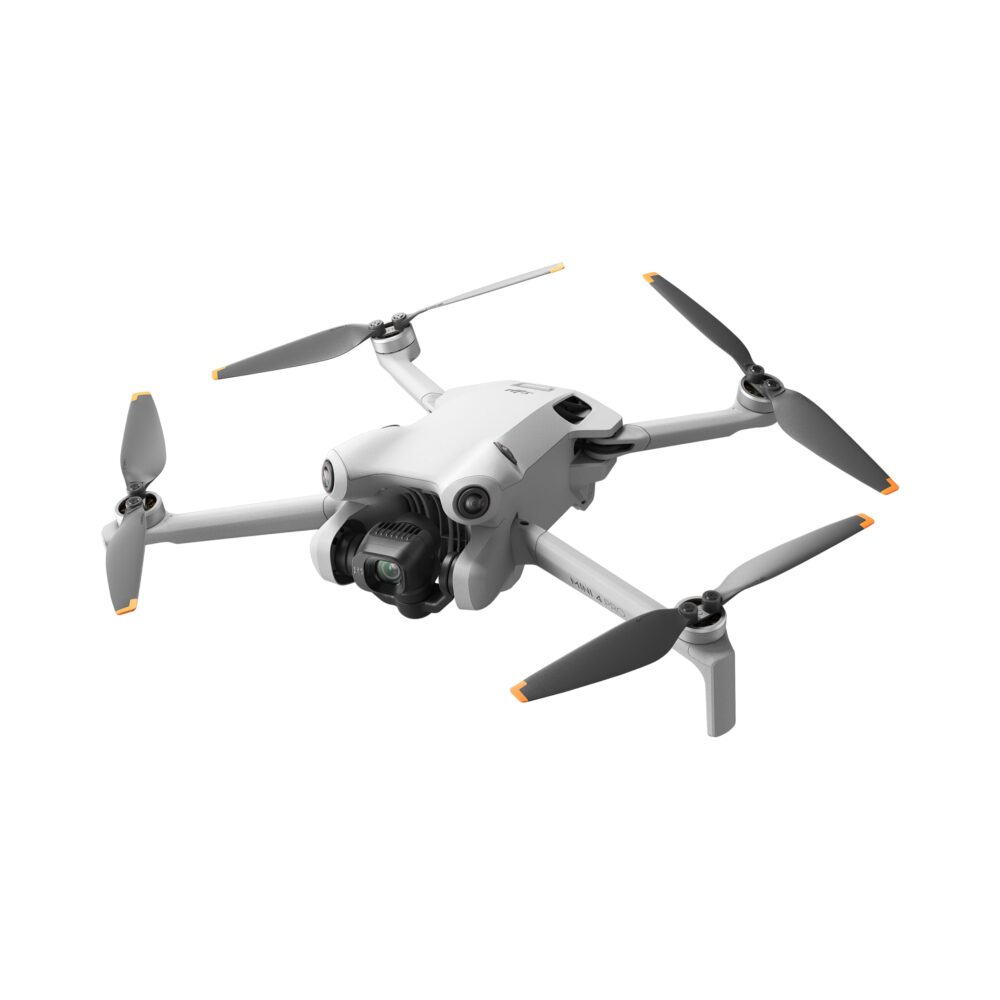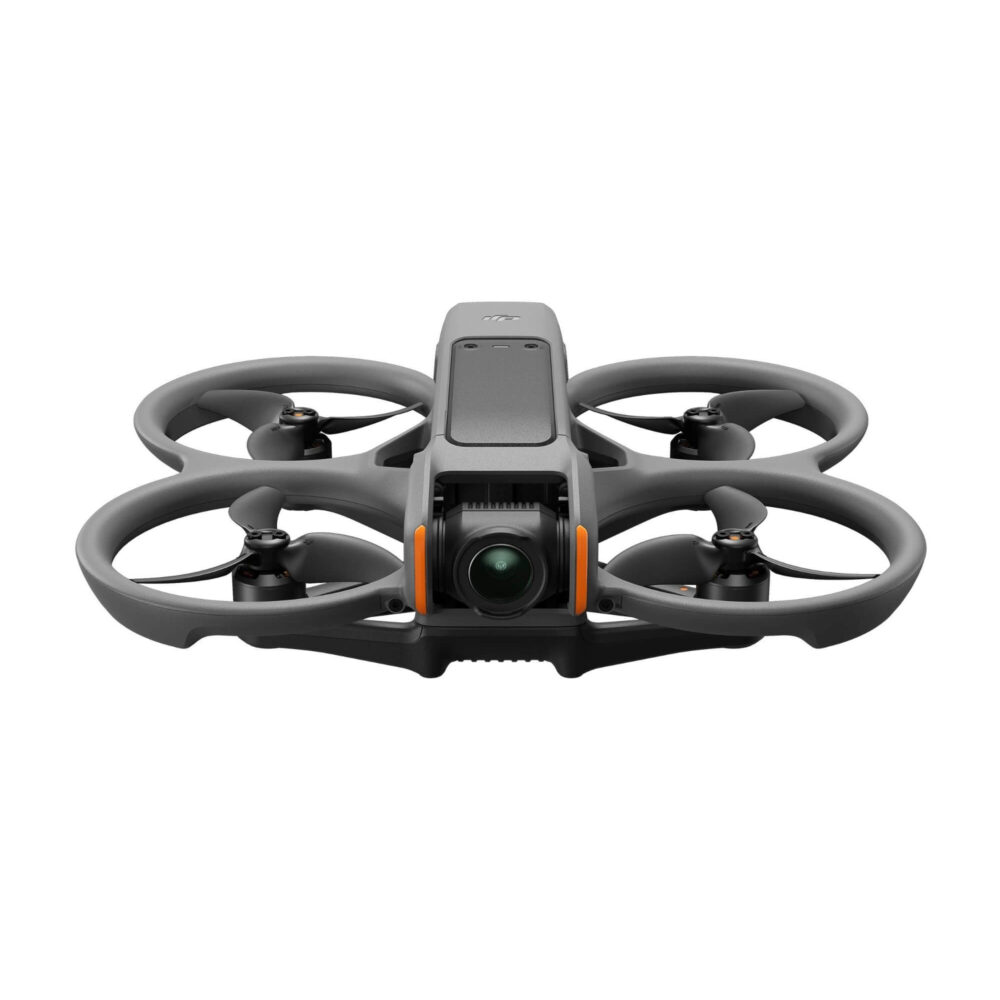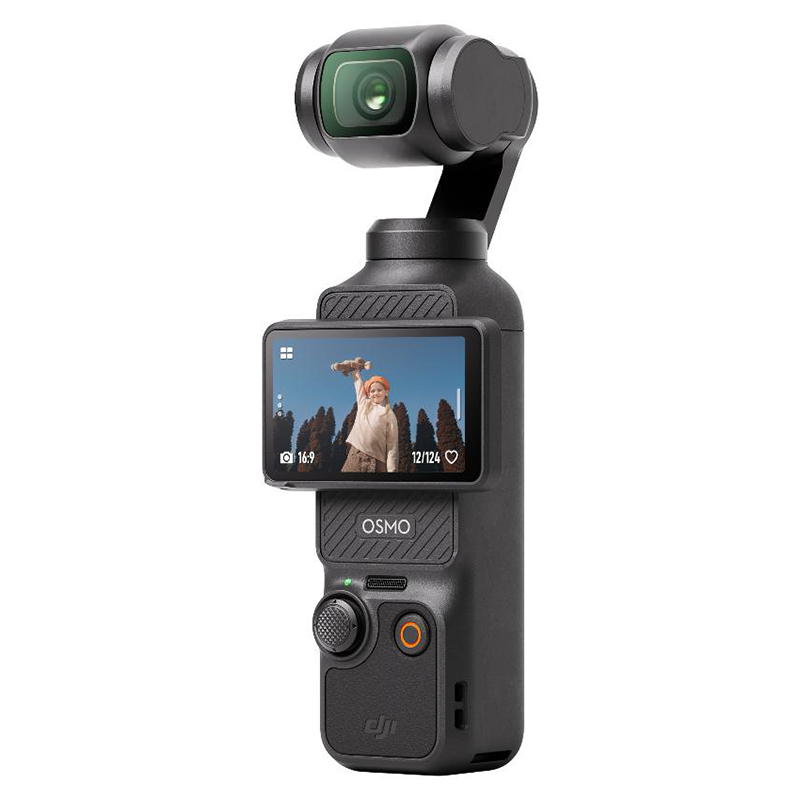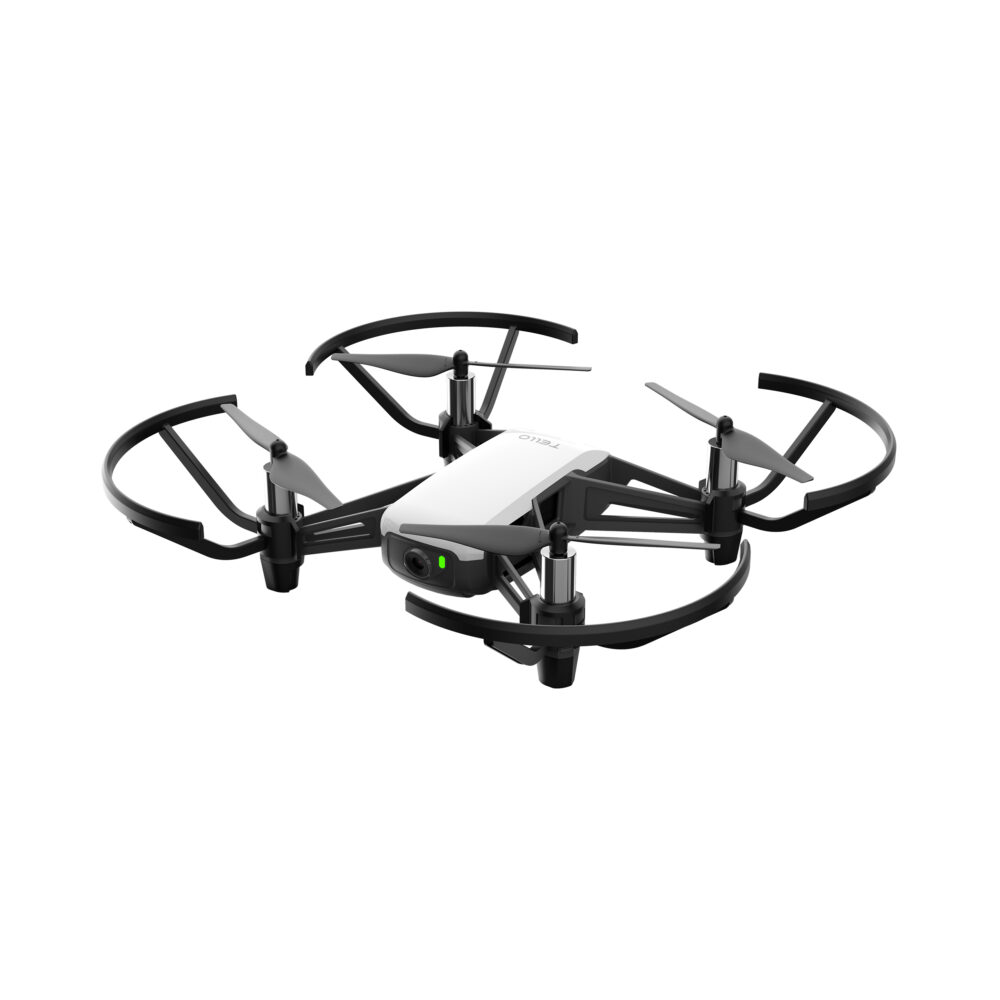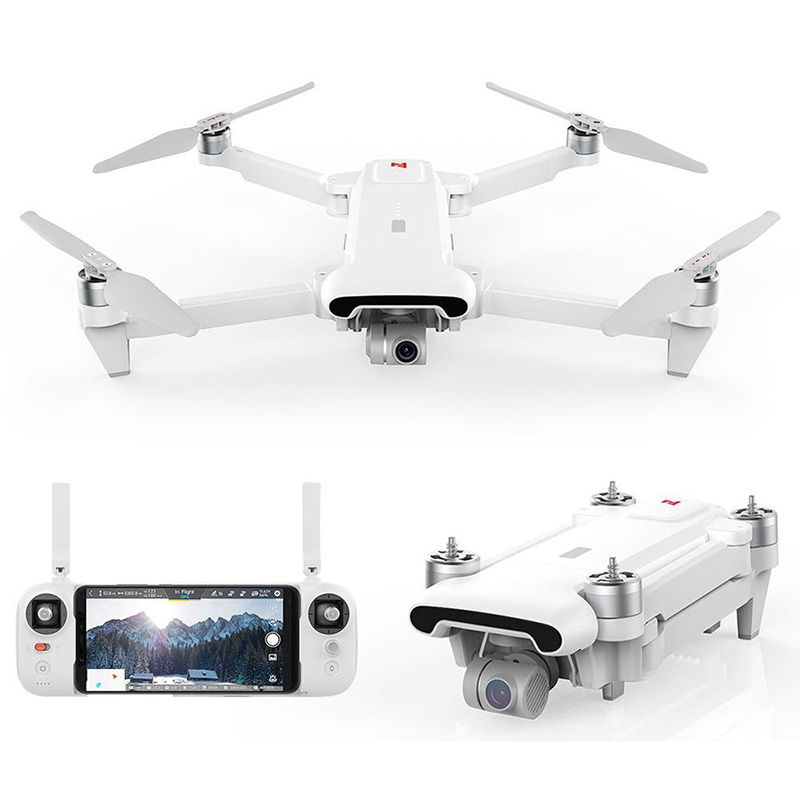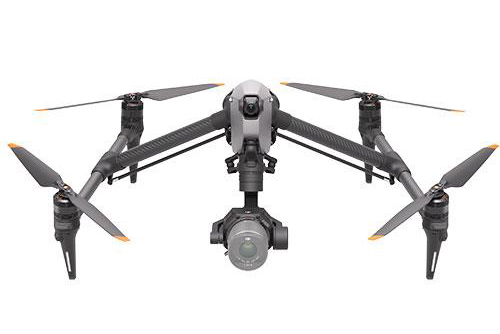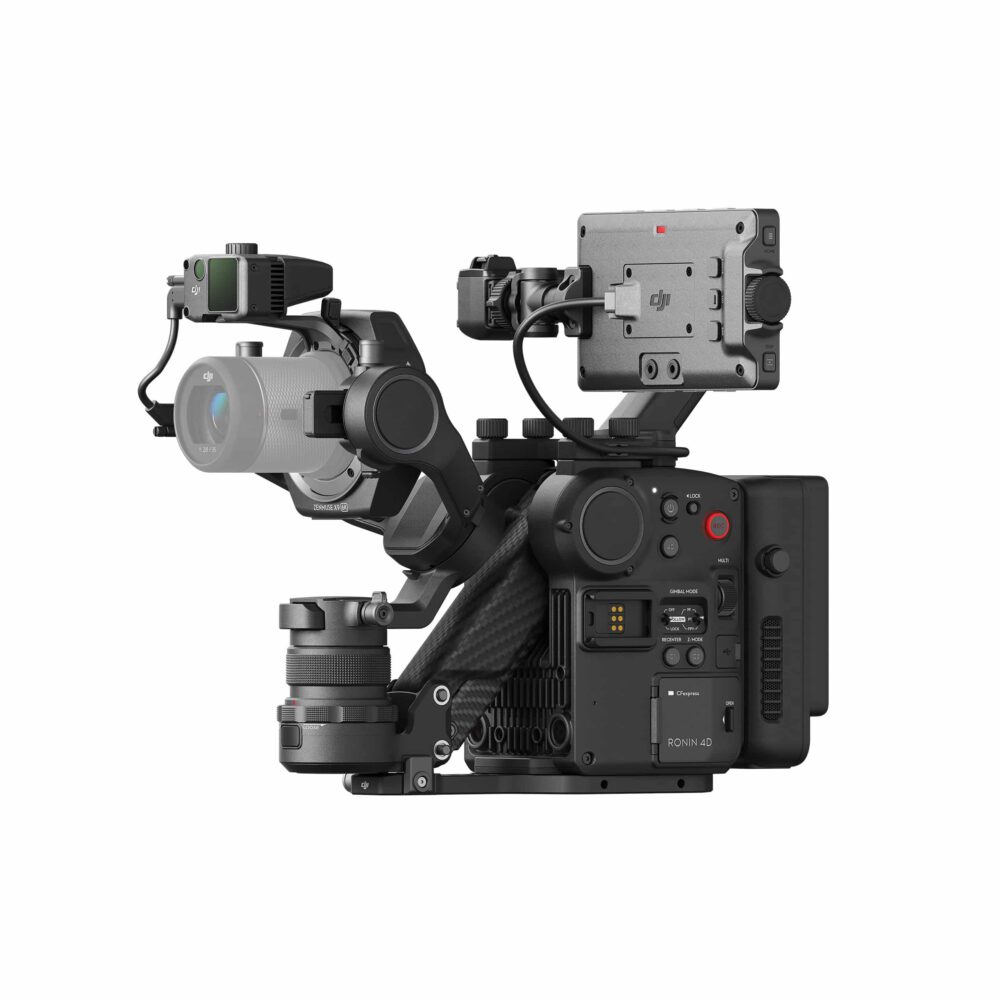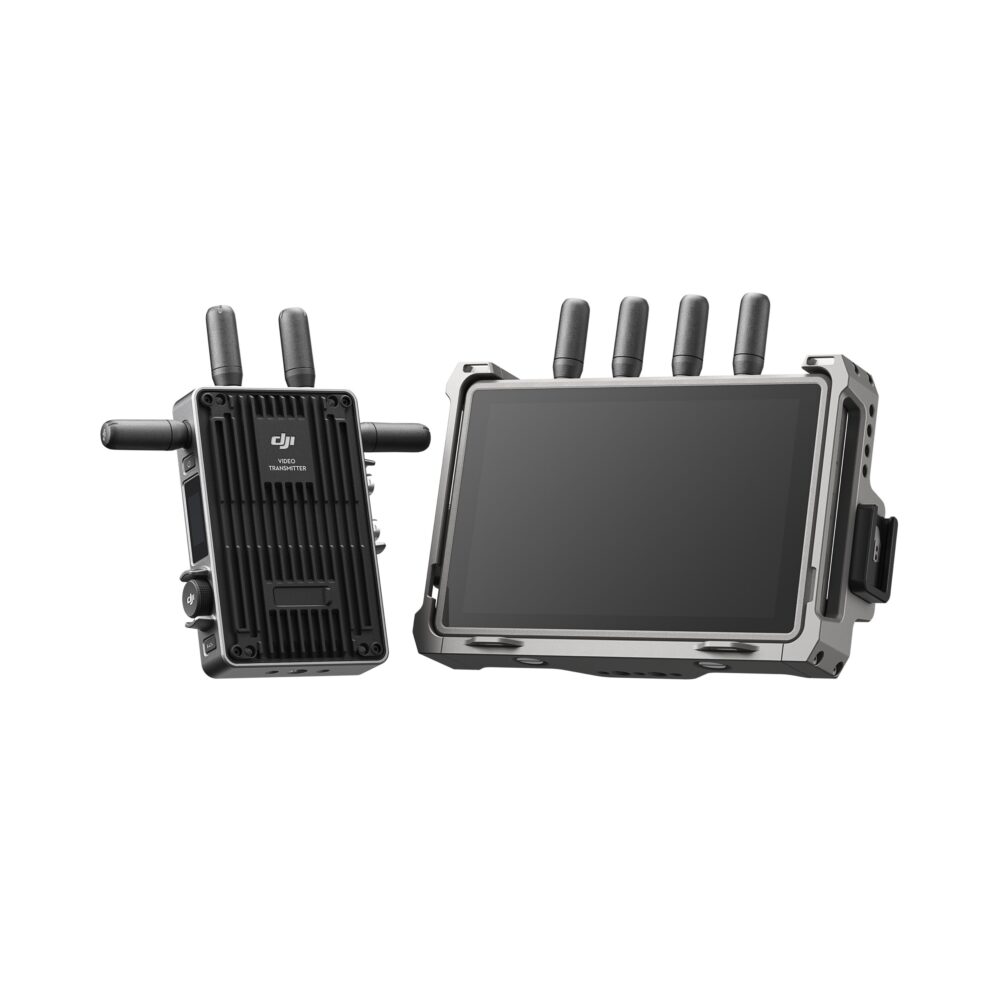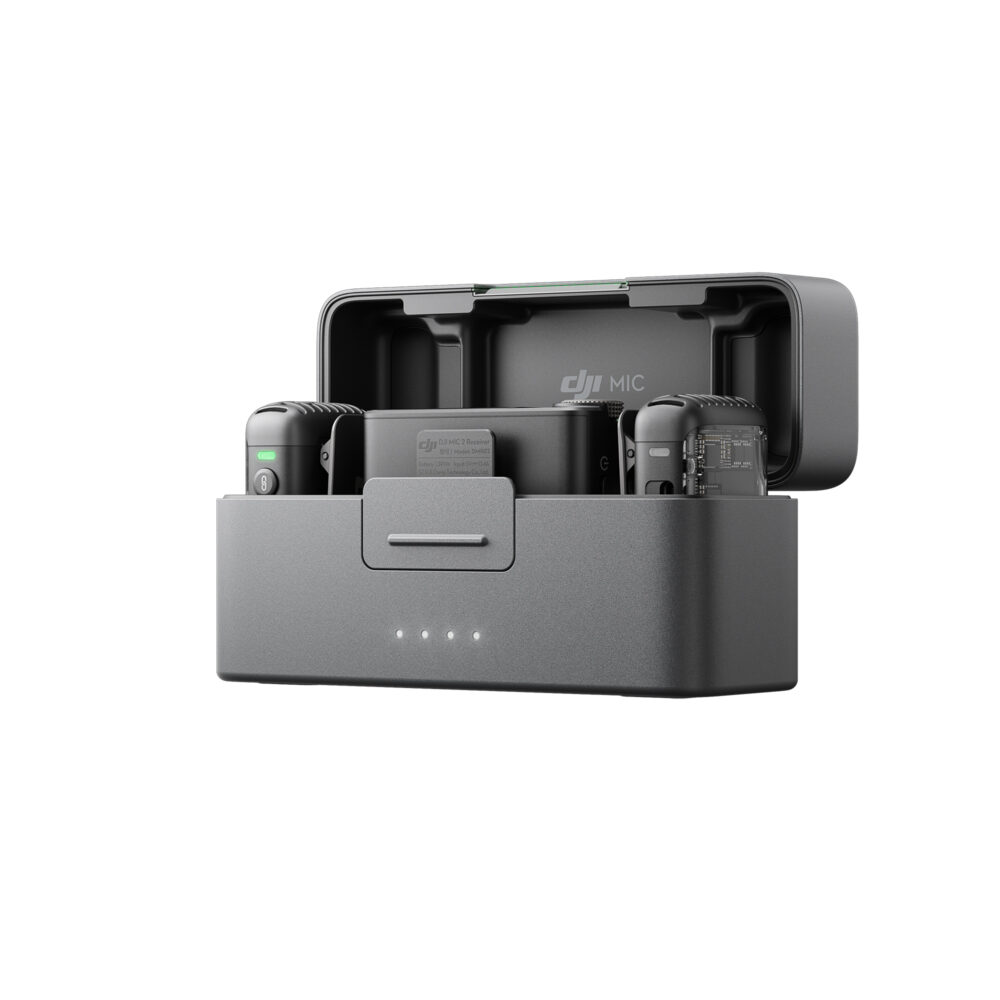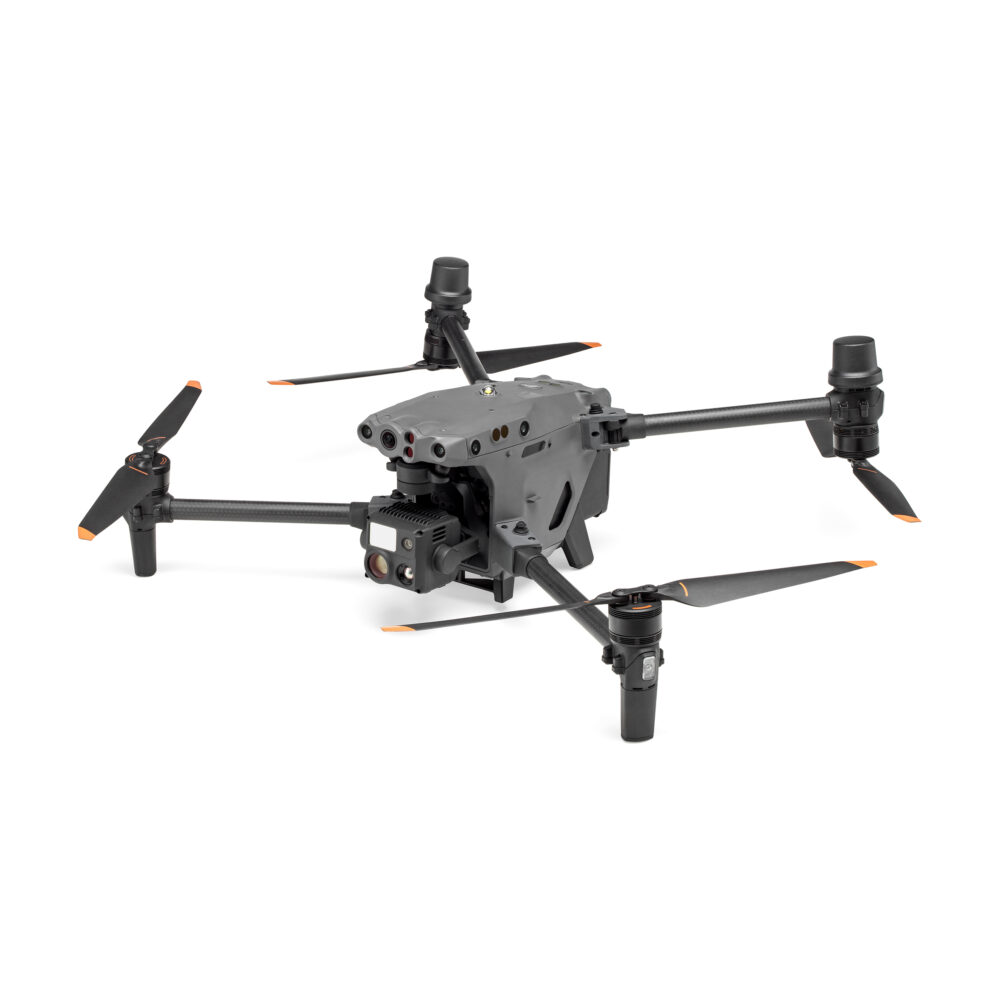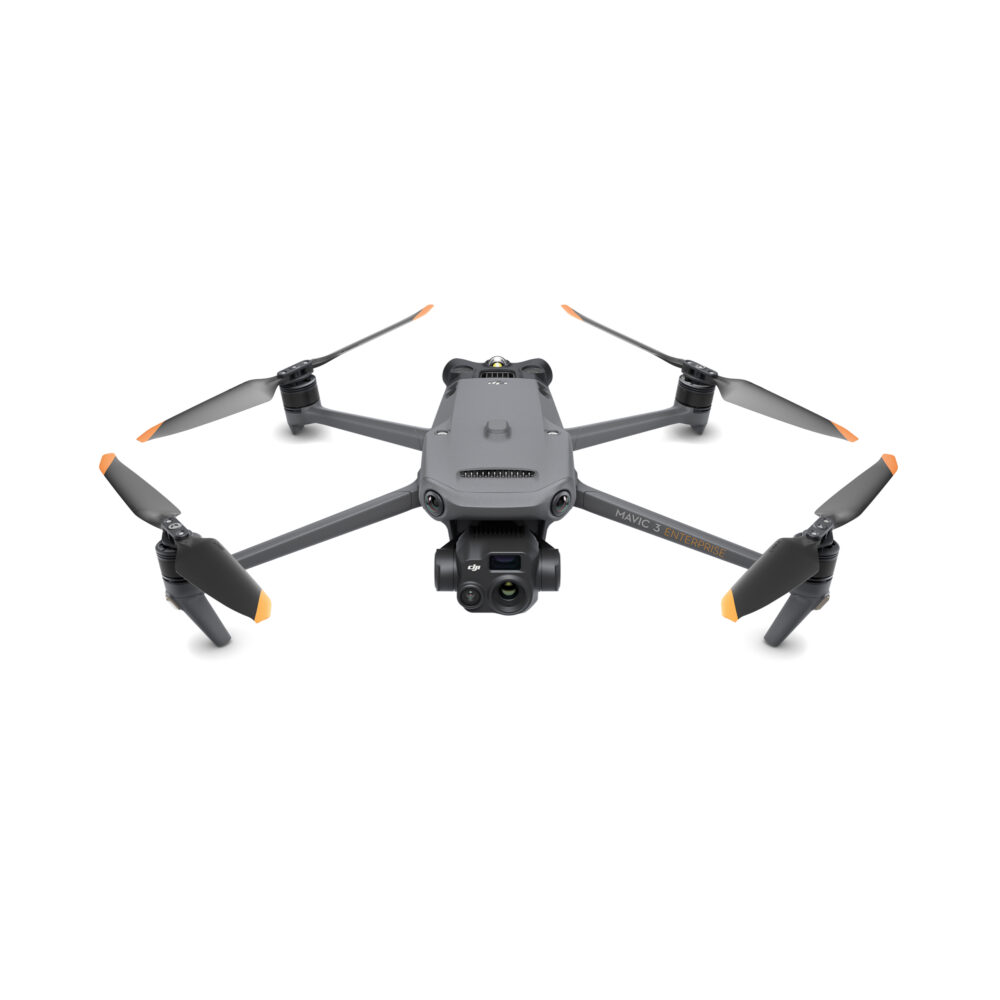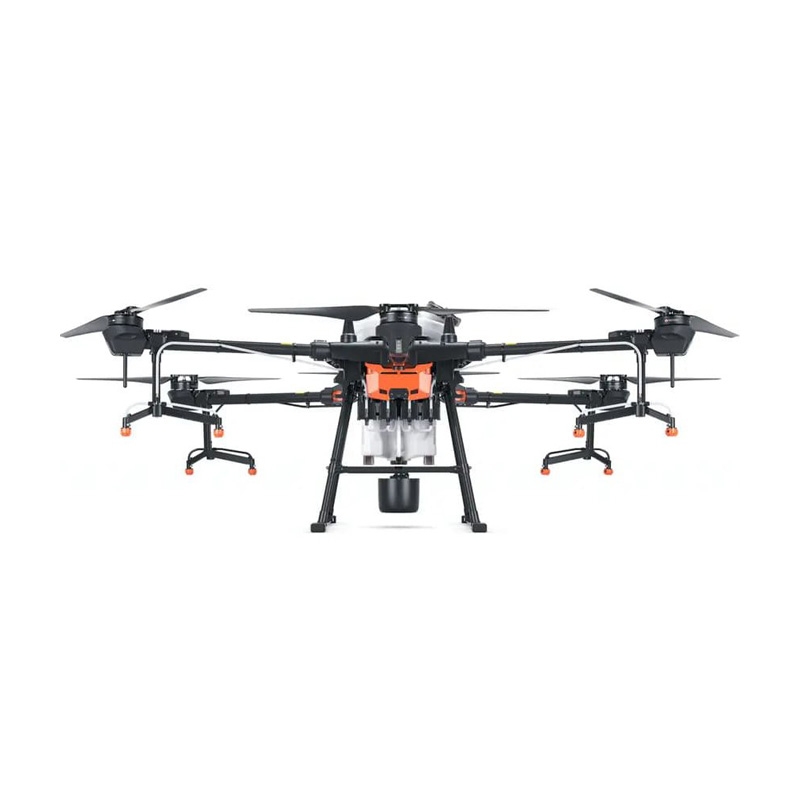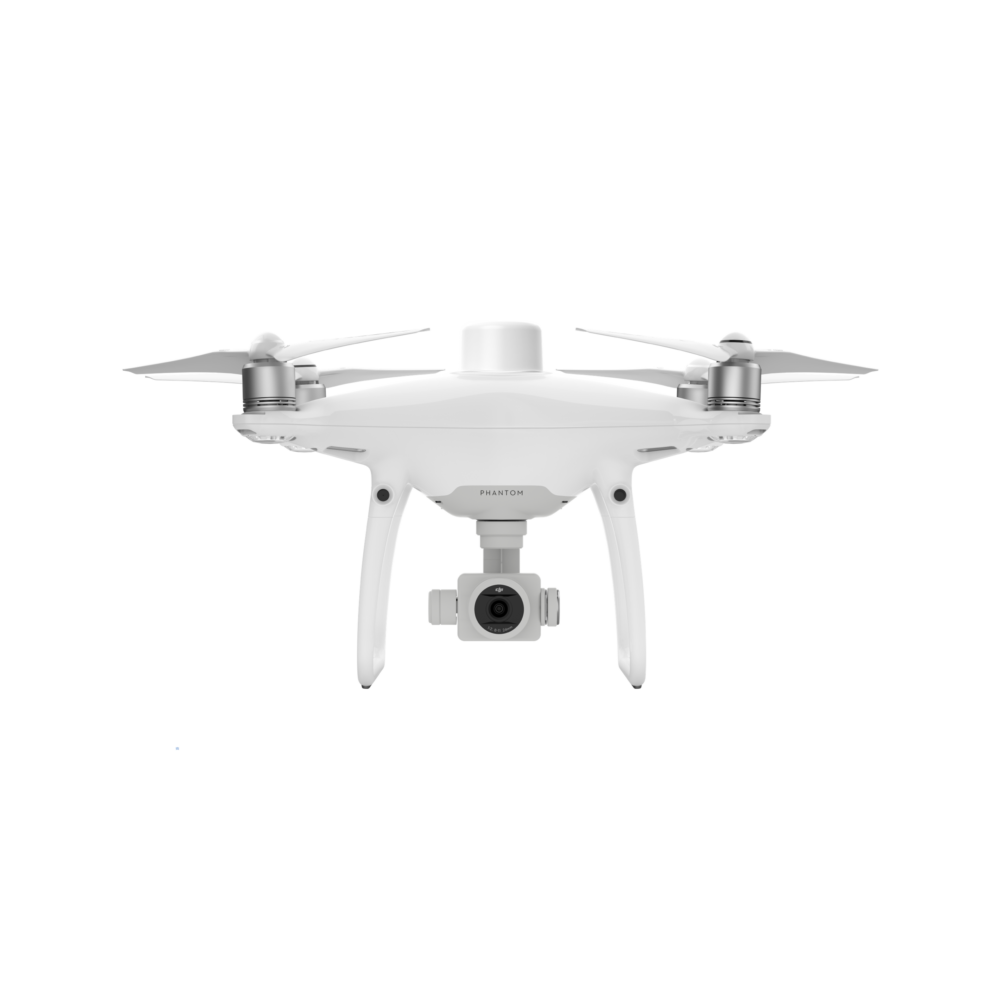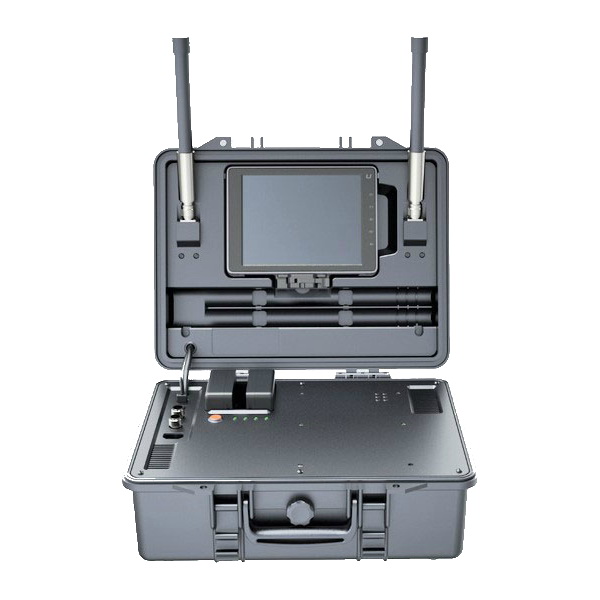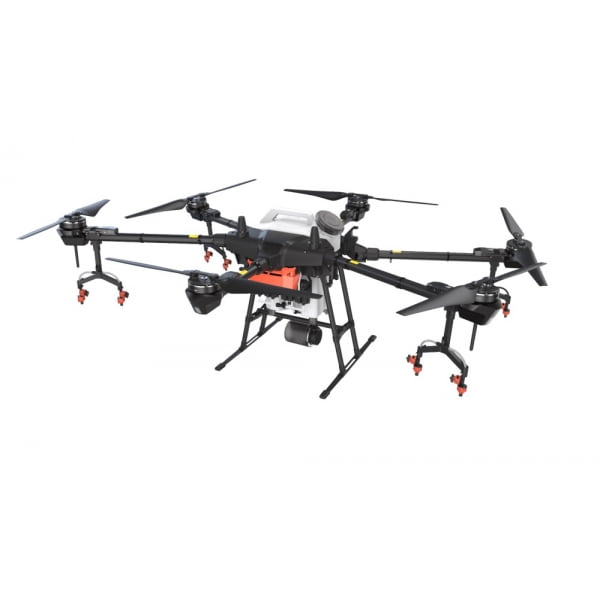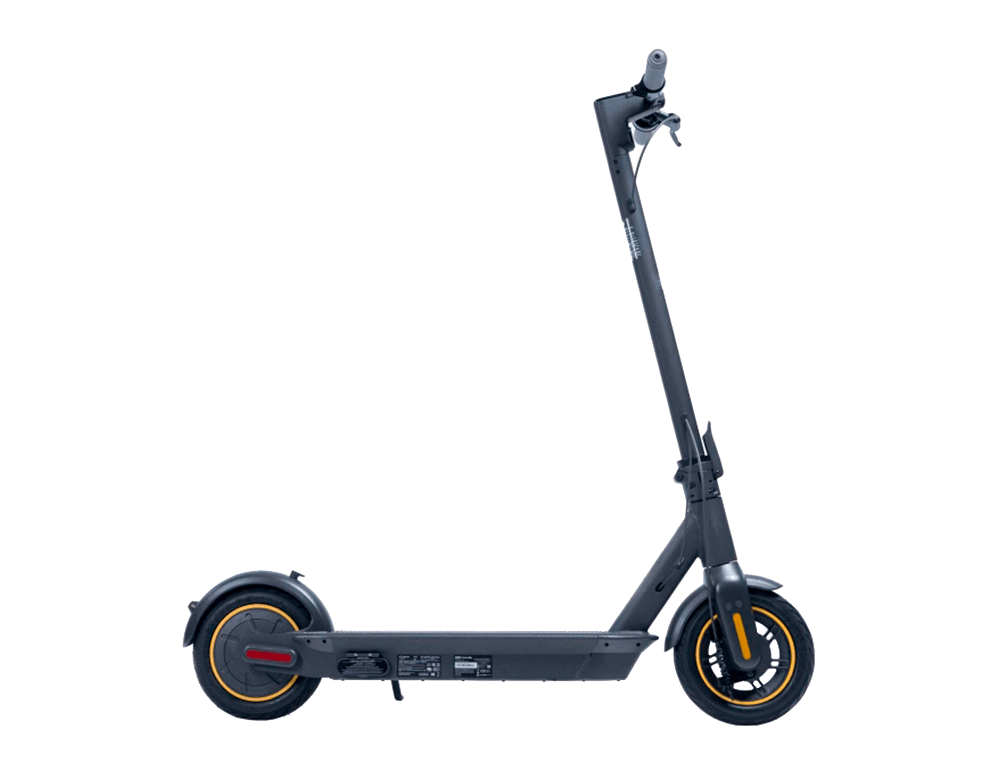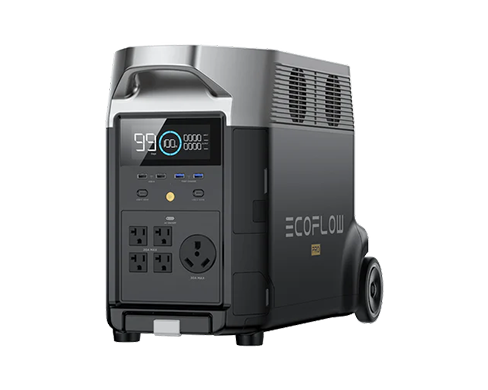Our citizens travel around the world more and more, photographing and videotaping monuments, city views, and national parks. However, conventional cameras today are not satisfied with many people, many want something more interesting and even extreme. The emergence of quadcopters has turned many traditional ideas about photography and video recording upside down.
However, this is not the only circumstance that motivates our citizens to take drones with them on the road. The reason for such a step may be more serious: competitions and traditional hangouts of aircraft modelers and ordinary fans of drones. In each of these cases, the owners of copters faces the main question: whether it is possible to import their model into a particular country, and if so, what restrictions will be encountered.
Many UAV models have become much more affordable for ordinary users, and their equipment has improved to include photo and video cameras, an autopilot system, and more. It’s a lot easier to drive these cars than it used to be. Therefore, in many countries the authorities have been forced to start developing legislation to regulate the purchase, registration and use of drones. There are various reasons for the authorities to take this step: the growth of terrorism, the inadequate behavior of some copter owners, the increasing incidence of invasion of privacy, etc.
Domestic drone owners are far from always aware of the laws in force in various countries, as evidenced by the numerous forums and communities of drone aviation fans. Sometimes ignorance of the law can cause big problems. To avoid this, we will try to highlight the main restrictions in force in a number of countries where Estonian citizens are most likely to visit. In fact, many of the rules can be reduced to the following sensible principle: do not film the military, police, government buildings, airports and train stations. In general, don’t take anything off to avoid trouble (just kidding).
And note also that any legislation is subject to change in response to new trends in society and the emergence of various threats. National regulations regarding unmanned aircraft, including drones, are also updated from time to time in different countries. We strive to keep track of them and make regular changes to the review. At the end of the article, we indicate for how long the information provided is current. If you want not only the most up-to-date, but also more detailed information on the legislation of a particular country, we recommend referring to primary sources (a number of which are referenced in the review).
Countries in Europe
There is no unified European legislation, in the sense of European Union laws, regarding drones. The resolutions and recommendations of the European Parliament should not be taken into account. Each country – both EU and non-EU members – has its own laws regarding the rules for registering and flying copters.
In many European countries, the rules and regulations for the use of UAVs are basically similar (e.g., prohibitions on flying over crowds of people or populated areas), but some cases should be described in more detail. Also. On a number of forums, some tourists have noted that they launched their copters in violation of the law, for example, over populated areas, and they were not punished for it, although local residents made comments. Whether this is true or empty bravado is not so important. In any case, there is no need to go against the law and risk your reputation, your wallet and a possible ban on entering the country.
Italy
Among European countries, one of the most popular among tourists for a long time remains Italy. If you're planning a trip to the Apennines with your drone, you should know that Italian law has changed several times since the first set of regulations on drones was adopted in 2013, and more toward stricter regulations. First, like in many other countries, in the country of dolce vita it is forbidden to fly copters over large crowds of people, over cities, as well as near strategic objects: railway stations, airports, power plants, military bases, government buildings. Secondly, particularly strict regulations on drones are now in force in the capital, Rome.
Thus, you can launch the UAV only in open space, at least a hundred and fifty meters away from the city, and in addition, you must constantly maintain visual contact with your vehicle. UAVs must not be directed closer than 50 m to people or private property. It is forbidden to take pictures within a radius of eight kilometers from the airport. Commercial filming is free of many restrictions, but it requires a license. Similar rules apply in neighboring France as well as in Germany. The changes in Italian law can be found on the government website.
France
To see Paris and not get into the clutches of the harsh French justice after using a drone is possible if you follow some simple rules. In 2016, the French Aviation Authority issued a special ten-point memo in English for tourists arriving in the country intending to use flying cameras for filming. In general, it repeats all the basic rules already mentioned above: prohibition of flights in special areas, respect for privacy and property, height and range limitations, etc. Of course, such a memo cannot recount all the details and intricacies of the law, so it refers readers to the website of the government's Office of Civil Aviation . We will also follow the example of the authors of this document, which is useful in every respect.
Ireland
The United Kingdom's neighbor, Ireland, was one of the first countries to have national regulations for UAVs. The new law went into effect in December 2015. It requires owners of copters weighing more than one kilogram to register their machines with the Irish Aviation Authority (IAA). On the corresponding IAA website page for more detailed information about the rules.
Austria and the Czech Republic
Among our tourists are very popular countries such as Austria and the Czech Republic. In the latter, the rules regarding drones are similar to those of other European countries. If your drone is lighter than 20 kg and is used for personal purposes, no license or registration is required. You will not be able to launch drones in cities or over crowded areas. The law also imposes weight limits: devices weighing 7-20 kg can be launched only at a distance of at least 150 meters from people and buildings. All additional information is available on the website of Civil Aviation Authority of the Czech Republic but it is only available to those who speak Czech. A list of key documents and links to them is available online UAV Coach .
The situation is more interesting in Austria, where the four-zone rule applies, that is, the entire piloting space is divided into four types. If you don't have a license to fly a drone, you can only launch it away from cities in open spaces (i.e. 3-4 zones). So you can't just shoot wonderful views of Vienna or Salzburg from the air. In addition, operators of drones weighing up to 150 kg need to obtain a license in Austria or pass a test of piloting and knowledge of safety requirements. For more information on national rules in the country and other issues related to drone operation, visit " AustroControl ". A complete list of documents and regulations is available on the website UAV Coach .
Greece
In Greece, which many of our fellow citizens love, as you know, there is everything. And, of course, this "all" must be captured in a photo or video. However, much of the legislation is not translated from Greek even into English, so the tourist is difficult to navigate in the intricacies of the local rules. It is known that Greek law prohibits launching drones within airports (up to 3 km), control rooms (up to 3 km), the direction of aircraft, to approach cities and towns closer than 2 km, to fly near buildings, public buildings and monuments, military bases and army bases. You can climb to a height of no more than 122 m and can not approach people and animals. In general, everything is like in any other EU country. In addition, there are certain rules for taking photos and videos of objects over which your drone can fly. Basically, it's about what you can shoot for free and what you have to pay for. Translated into English government document explains these issues quite clearly. Another thing is that the Greek police and citizens of the country do not particularly bother tourists who break the law, if you believe the reviews on international forums.
Cyprus
Another country where Estonians like to go on vacation is Cyprus. On the south side of the island, a new drone law went into effect in November 2015. Basically, all the rules are similar to the provisions of the laws of other European countries. The Cypriot Civil Aviation Authority is responsible for enforcing these regulations. All drones are divided by the Cypriot authorities into three categories: up to 20 kg, from 20 to 150 kg and over 150 kg.
The first two categories of drones are regulated by local law. The third is the subject of interest of the European Aviation Safety Agency. Licensing and other bureaucratic problems will affect only those who have a drone weighing more than 3 kg. Drones lighter than 3 kilograms are still considered by the local legislation to be recreational drones for personal use only. No licensing or permits are required to operate such drones. Bye.
This complex classification and the content of a number of regulations are already recognized as outdated and ineffective, and local experts and politicians are planning to change the rules governing the operation of drones. Especially for tourists, the Office has compiled manual which clearly spells out the rules of piloting on the island of Aphrodite.
UK
In the United Kingdom, amendments to existing drone legislation from 2014 came into force in July 2017, following an incident involving a copter that nearly crashed into a passenger plane. The Civil Aeronautics Administration (CAA) regulates all licensing and permitting issues. By the way, a similar practice has developed in many countries around the world. Under the old rules, owners of drones weighing less than 20 kg did not require any registration and licensing. Now it is necessary to register all aircraft heavier than 250 grams, and pilots must not only know the rules of safe piloting, but also to operate only those drones that comply with British law (in terms of safety, etc.).
Just as in Italy, you can only launch and pilot the drone within line of sight. According to British law, such a zone is a space of 500 m horizontally and 122 m vertically. There are also restrictions for UAVs equipped with a photo and video camera. You can't approach them closer than 50 m to a person, car, building or other structure. Non-commercial copters cannot be piloted over a large group of people, including various entertainment and sporting events (the machine must be at least 150 m from such an object).
As in Italy, users of commercial drones must obtain a license from the country's Civil Aviation Authority. In addition, the British authorities are now trying to pass a rule on the programming of UAVs to automatically limit their flight zone, for example, not to allow them to fly near airports. To learn more about the rules and regulations for copter flights, visit the CAA website .
North America
Canada
In the United States and Canada, the degree to which drone use is regulated varies widely. Maple Leaf Country has the most liberal laws. Administration is the responsibility of Transport Canada. The rules are simple and clear enough for the owners. If you are not engaged in business or research, if your machine is lighter than 35 kg (drones lighter than 250 kg are not considered drones, but are considered toys, as is the case in many other countries), and if you follow all safety rules and do not threaten anyone, then you do not need any license. All of Canada's regulations can be found on the Department of Transportation Canada's website . However, changes to national drone regulations are coming soon (there are already preliminary proposals on the subject and they are being discussed), so we recommend keeping a close eye on this issue if you plan to travel to the home of hockey with your drone and camera in the coming months.
USA
In the U.S., the law is much harsher on drone owners, which is understandable. Many people remember the events of 9/11, and there have been several serious drone incidents in the U.S. recently. Therefore, since December 2015, all UAV owners are required to register their machines. For those who purchased drones before the law went into effect, the norm of registering the machine until February 19, 2016 was in effect. The rest actually had to register the car immediately after purchase. Violators face a pretty decent fine of $27,000.
The Federal Aviation Administration deals with all such issues at the federal level. Federal laws prohibit drones from going above 122 meters, flying closer than 5 miles from airports and flying over certain national parks. The weight of the drone cannot exceed 25 kg. In addition, you must keep in mind that each state imposes its own regulations and flight rules, so you should carefully study not only FAA requirements but also the requirements of local authorities.
Africa
Morocco
On the Black Continent, where our tourists are becoming more and more numerous, UAVs are still scarce. But a number of countries already have legislation governing licensing and piloting. In Morocco, for example, you cannot take pictures from a UAV brought in from another country. But if you bought the drone in Morocco, you can.
Egypt and Tunisia
The situation in Egypt is completely different. In fact, you will never be able to use your drone here, because all issues must be resolved with the Civil Aviation Authority, and this is a "lost cause. In fact, air law completely prohibits the operation of drones (as you can read in the 2013 English-language version of the law on aviation and air traffic), although some tourists manage to violate such regulations with impunity. On the contrary, in Tunisia it will not be difficult for tourists to take pictures of wonderful views. It is only necessary to follow the rules. However, we also recommend that you keep an eye on changes in local law, since the situation in the country and near its borders is not very stable, which may at any time lead to stricter rules. Before your trip, you can apply to the Tunisian Civil Aviation Authority .
SOUTH AFRICA
The legislative situation in South Africa is more interesting. The South African Civil Aviation Authority (SACAA) has clear regulations, which are overseen here. You do not need a license if you are not engaged in business or commercial filming, pilot the machine within 500 m of the operator's location and do not approach buildings or roads less than 50 m, follow all safety rules. Otherwise, you will need a license (RPA) and registration procedure with the South African Civil Aviation Authority.
The license is given for two years to persons at least 18 years old who have passed a medical examination. Three months before your license expires, you will need to recertify. The license is issued after passing the piloting exams as well as the English language test (for non-native speakers). And you will also need to keep a pilot log, in which you need to note in detail all the flights. FPV flying is essentially forbidden in the country, and all equipment for it is completely forbidden. Violation threatens a long prison sentence.
Detailed information about all of this can be found on the South African Civil Aviation Authority website .
Asia
Let's start with some of the Arab countries, although not all of them have Estonian citizens as tourists. In 2015, a series of laws and various departmental rules regulating the use of drones followed in many Arab countries (we do not take into account North Africa). It must be said at once that the specifics of the legislation were influenced by several factors, of which perhaps the most important can be considered the terrorist threat.
UAE
Among these countries, extremely popular with our travelers, we should first of all select the United Arab Emirates. In the spring of 2015, the new drone law came into effect here. Although they were developed with an eye to the European norms (as this state is trying to attract as many tourists and investors from different countries), in the updated version of the law (from May 1, 2017) there are innovations. For example, it is now necessary to register all drones with the Civil Aviation Authority and mark them. Under the new rules it is also forbidden to place photo and video equipment on board and take pictures of any objects.
Drones weighing less than 5 kg can be piloted only in permitted areas. Prohibited areas remained the same: within 5 km of airports and heliports, near private property and government facilities. You can fly only in line of sight (without binoculars, etc.), only during daylight hours and in good weather and do not launch drones while under the influence of alcohol. All registered drones are now tracked by a special sky commander system. In addition, remember that there are also local regulations in each of the emirates, so permits to fly will have to obtain from the regional authorities. Details of the general law requirements for drones can be found in Part Three of the "Civil Aviation Act" .
Thailand
Thailand did not have its own drone legislation until early 2016, so it was impossible to launch drones with cameras. The new law allows drones to be piloted without a license if they weigh no more than 2 kg and the machine is used for personal purposes. There are also rules that govern flight safety. You must always see the drone and pilot it only during the day. The flight altitude must not exceed 90 m. UAVs must not be flown next to other drones, must not encroach on privacy, and must not approach less than 30 m from people, vehicles, or buildings. As of 2017, all drones with a camera (total weight over 2 kg) must be registered with the Civil Aviation Authority of Thailand. To learn about all the latest changes in the law, as well as to download drone registration application forms, please visit the Civil Aviation Authority of Thailand (CAAT) website .
Singapore
Singapore has many strict regulations, but they are relatively liberal when it comes to UAVs. A permit is required for drones weighing more than 7 kg. No matter what you use your drone for, you still need to get permission to fly and take pictures. Commercial use of the drone will require a permit in any case, no matter what the weight of the machine.
There are a number of rules and restrictions if the UAV will fly in various special zones or near strategic facilities. But in many respects they are similar to those in Western countries: flying only in good weather in daylight, keeping a safe distance from people and buildings, etc. For more detailed information and permissions, it is best to refer to Singapore Civil Aviation Authority's website - CAAS .
Cambodia
In Cambodia, where the number of tourists and drones used for filming has increased in recent years, restrictions on the use of UAVs have been imposed since April 2015 due to a number of accidents. Now, for example, in the capital Phnom Penh, a drone can be launched only if permission is obtained in advance from the mayor's office. The UAV can be piloted in open spaces without any restrictions.
Vietnam
Vietnam has completely banned the import and export of quadcopters. When you arrive in the country, it will be taken away from you and kept until you leave the country. All piloting issues are handled by the Ministry of Defense of the Republic. The reports of some users that they were supposedly lucky enough to import and even use a copter are untrue.
China
In China, there are restrictions on piloting in Shanghai. Some tourists complained about attempts to take the copters away from them, but this was most likely due to improper transportation or battery storage issues. As in Singapore, you can launch drones in China without a permit if they weigh less than 7 kg. Drones weighing between 7 and 116 kg can only be operated after obtaining a license from the Civil Aviation Administration of China. And operators of drones weighing more than 116 kilograms will also be required to obtain a pilot's certificate. No commercial drones can be launched without permission from this agency. Flights are restricted near airports and large crowds of people, which is similar to the laws of many other countries. If you have any questions, you are encouraged to contact Civil Aviation Administration of China (CAAC) website .
Philippines, Indonesia, and Malaysia
In the Philippines, all UAVs are regulated by the country's Civil Aviation Authority. Here, all drone owners are required to register their machines with the UAA and have a certificate of piloting, which is issued only after training. Before launching the copter, you need to make an application and specify the purpose of the flight. Violations of the law can lead to decent fines.
Similar laws apply in Indonesia, with a few details. In any case, you will have to notify the local authorities, and not less than 7 days in advance.
Malaysia also requires flight permits, but only from the Civil Aviation Authority.
Australia
The country has more liberal rules than Asian states. Basically, the norms resemble those of Europe and Canada. For example, if you use your copter for commercial purposes, the flight must be registered. Drones weighing less than 2 kg used for personal purposes are not subject to registration, but you, as the owner, must follow a number of rules.
For example, you cannot approach less than 30 meters to vehicles (including watercraft), buildings and other people's private property without permission. You cannot pilot the machine over cities and towns, over crowds of people, including beaches, other people's lots, parks, etc. You should not approach any airfield within 5.5 km, including landing strips and helipads near hospitals and police stations. Even if you didn't know it, there will be a penalty for breaking the law. You can fly only during the day and in good weather within sight of the operator. The height should not exceed 123 meters. For more information on the operation of UAVs in Australia, see the relevant section of the Australian Civil Aviation Safety Authority.
Let us summarize some of the results. If you read the entire article, you probably noticed that most countries have similar restrictions on the operation of UAVs. First of all, they concern the prohibition of flights in certain areas, issues of protection of privacy and property, as well as the rules of safe piloting. It should also be noted that today's popular FPV flight mode has its own characteristics in terms of safety, so in most countries FPV-piloting can be done only in the presence of a second person who can, if necessary, control the aircraft. Occasionally some countries, like South Africa, simply prohibit such flights. But these questions should be clarified on a case-by-case basis.


